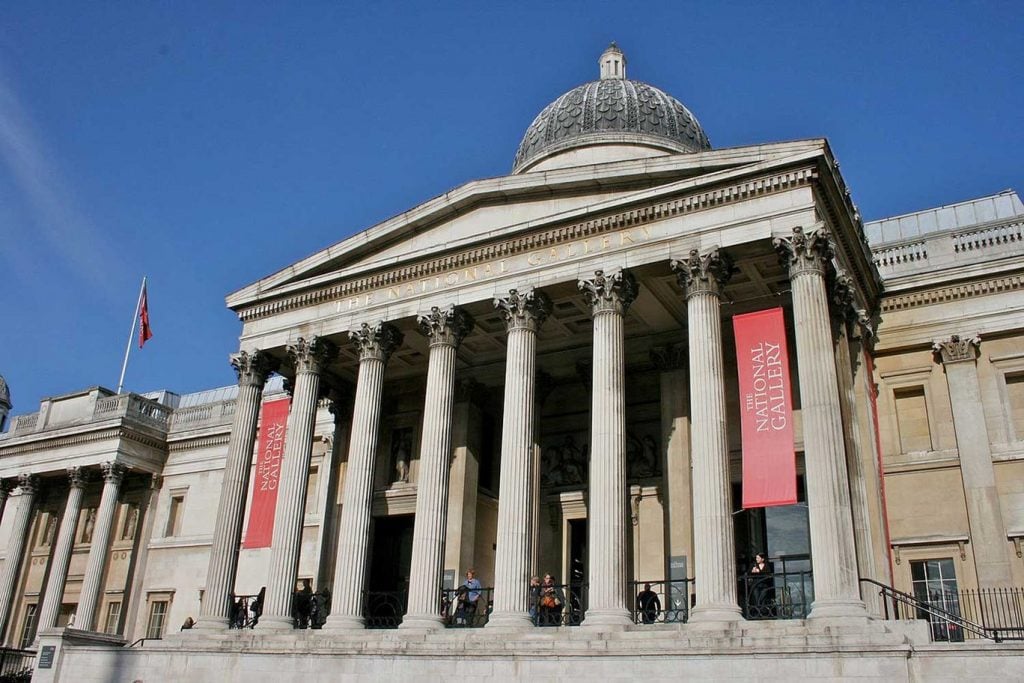Art World
London’s National Gallery Lifts Photography Ban

Cait Munro

Much to the chagrin of purists like Telegraph reporter Sarah Crompton, London’s National Gallery has joined the ranks of the Tate, the Louvre, the Metropolitan Museum, and other forward-looking institutions in lifting its decades-old ban on photography. No flash is allowed, but visitors can feel free to snap pictures of Da Vincis and Van Goghs to their hearts’ content. The museum’s rationale in lifting the embargo is that, with the advent of camera phones, it has become too difficult for guards to tell who is using their phone for good (guided tours via smartphone) and who is using it for evil (statue selfies probably fall into this category).
As several opponents to the decision have lamented, excessive photography in museums (or anywhere, really) is annoying. Many opponents, like Crompton, also feel that “by allowing photography, galleries are betraying those who want to reflect rather than glance. Surrounded by the snappers, they may come to think that this is the acceptable way to consume art: constantly grazing, without any real meal.”
Unfortunately, cultural institutions do not exist in a vacuum, as much as we might like them to. The level of security that would be needed to actually police who’s using a smartphone to take photos would cost far too much and negatively affect the museum-going experience just as much as photographers do. Additionally, as annoying as it is, museums and galleries benefit from the free publicity that comes from photo uploads to social media networks—just ask the Art Institute of Chicago, which was just visited by Katy Perry.
Bendor Grosvenor, editor of Art History News, told the London Evening Standard: “Much of the criticism seems to assume that galleries will now be bombarded with flash and ‘selfies’ but these are public galleries, and the taxpayer who has shelled out to support them has a right to enjoy them however they please.” Perhaps, then, the conversation needs to focus on ways to educate the general public, especially young people, on how to view art constructively.